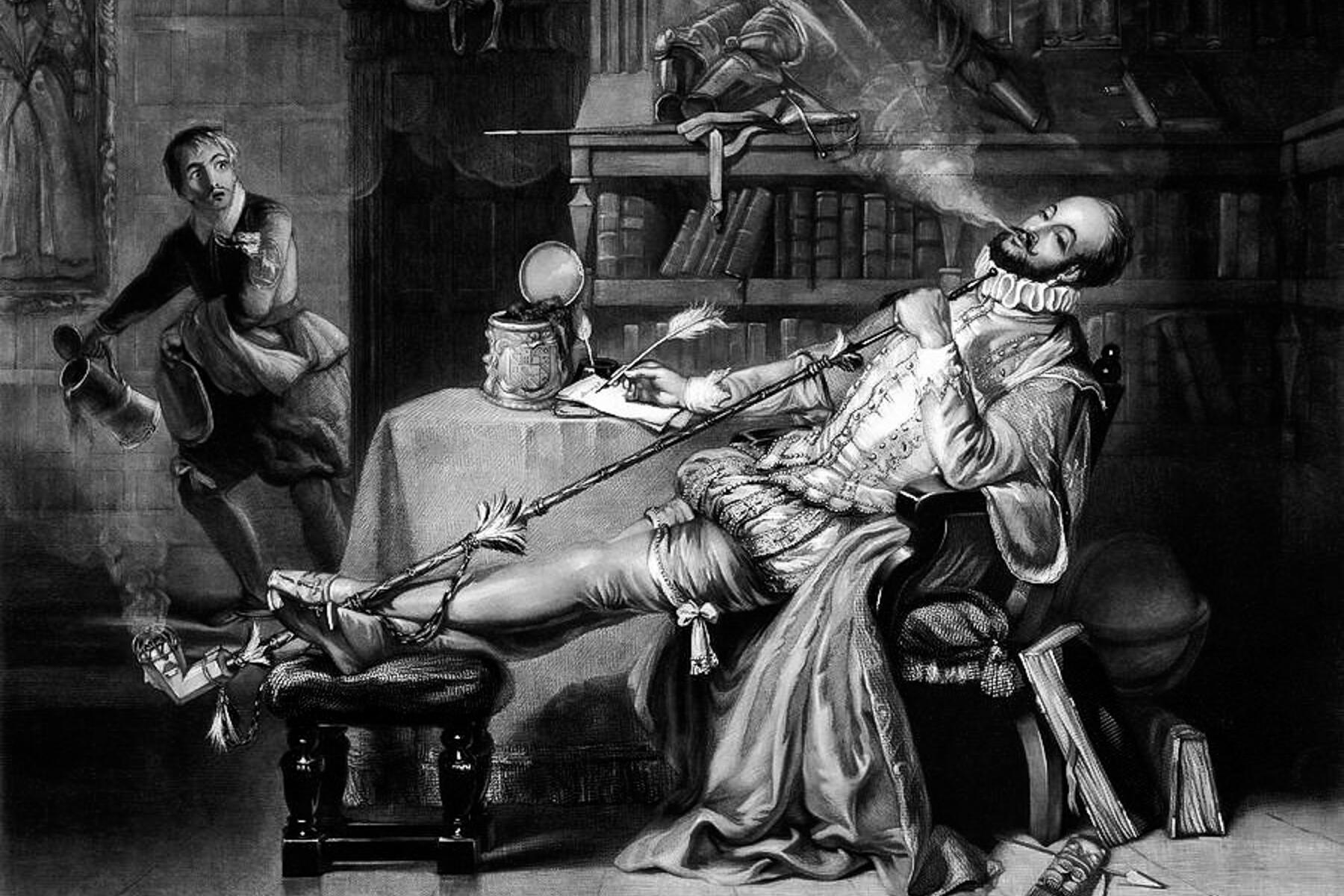Throughout the globe, ancient cultures experimented with the mind-altering plants around them. Today, some of these may be taboo, but there's evidence to suggest that they helped shape the way we see the world.
High in the mountains of northern Peru, carved stone heads keep watch over a quiet museum near Chavín de Huántar, a ceremonial site that predates the Inca Empire. The first head is human, but in subsequent carvings, familiar features turn strange: Teeth protrude across the chin, the nose curves up, and snot streams over the cheeks of a snarling jaguar. Some scholars believe that the heads, called Cabezas Clavas, depict the ritual transformation of a Chavín de Huántar shaman into a jaguar after consuming an ancient, psychedelic cactus called San Pedro.
Still revered in northern Peru, that hallucinogenic cactus has been cultivated in this region since at least the 7th millennia BCE. That continuity is no surprise to Spanish archeologist Elisa Guerra-Doce, who studies the use of psychoactive substances in ancient times.
“All over the world, traditional societies continue to use mind-altering agents for magico-spiritual and healing purposes,” Guerra-Doce wrote in a 2015 article. “The archeological evidence indicates that the origins of such use might be traced back to prehistory.”
Not only that, psychoactive plants were woven deeply into belief systems and spiritual practices in every corner of the globe. “There are certain scholars who believe that the idea of religion itself emerges from the use of psychoactive plants around the world,” said Guerra-Doce in a recent interview with Fodor’s. “We find drugs in tombs, in ceremonial places—always connected with ritual activity.”
Humans have long leveraged plants to powerful—and sometimes mind-altering—effects. From Peru’s hallucinogenic cactus to the pot-smoking farmers of Neolithic China, these are the oldest drug cultures on earth.





